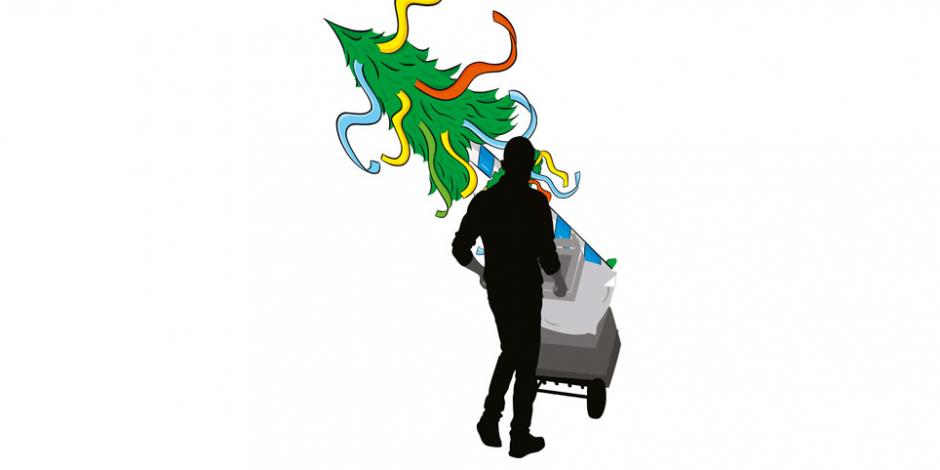Starten Sie den Audio-Text
Mit dem Audio-Player können Sie sich den Text anhören. Darunter finden Sie das Transkript.
Labour Day in Australia commemorates the granting of the eight-hour working day. In Around Oz, Peter Flynn looks at what the conditions are like for workers in Australia today.
The month of May has been celebrated across the world since ancient times, but I’ve long been sceptical about the first Monday being symbolic of May Day, International Workers’ Day or Labour Day, as it’s called in Australia.
In reality, many Australians work far more than the “eight-hour day” that Labour Day commemorates. Others, meanwhile, work far fewer than 40 hours a week, because of the growth in casual labourGelegenheitsarbeitcasual labour and short contractbefristeter Vertragshort-contract jobs.
The country’s central bank — the Reserve Bank of Australia (RBA) — has warned that annual income growth of as little as one per cent a year could hold back economic recovery from the Covid pandemic, trapping the country in a cycle of low inflation and low interest ratesNiedrigzinsenlow interest rates.
To help economic recovery, the RBA wants the money that people earn to grow at three to four per cent every year. RBA governor Philip Lowe has gone even further, arguing that the rate of unemployment benefitArbeitslosengeldunemployment benefits should be permanently raised — both as a “fairness” issue to support those without work and to stimulate the economy.
While unemployment benefits jumped to A$ 715 (€460) a fortnight during the pandemic, they were cut again last month to A$ 45 (€29) a day — which is 33 per cent below the poverty lineArmutsgrenzepoverty line.
Australia is creating an economic underclass. Poverty to breedhervorbringenbreeds poverty: we have thousands of families that, for generations, have needed government money to put food on the table. Lowe and the RBA — whose duty it is “to contribute to the stability of the currency, full employment and the economic prosperityWohlstandprosperity and welfareWohlergehenwelfare of the Australian people” — are right to draw attention to this failure.
In the US, where inequality has long been part of the social landscape, May Day brings back painful memories. On 4 May 1886, at least eight people died and many were injured in clashKonflikt, Zusammenstoßclashes between police and workers at a labour protest rallyKundgebungrally at Chicago’s Haymarket Square. Now, nearly 140 years later, the Biden administration is struggling to gain support in introducing a minimum wage of $15 an hour.
For many years, my other May Day memory was the obscene display of the latest Russian nuclear missileAtomraketenuclear missiles in Red Square parades, apparently to celebrate the defeat of Nazi Germany. There are, of course, much more pleasant memories from Europe, dating back to the bonfireFreudenfeuerbonfires and maypoleMaibaummaypoles of the ancient Celtic Beltane festival, which welcomes the beginning of the summer and the time when cattle can be moved to lushüppiglush, green pastureWeidelandpastures.
However, while May in the northern hemisphere represents springtime and the onsetBeginnonset of summer — and for some, maybe even a time of romance — “down under” in Australia, it’s more often instead the very chilly start of shorter days and the winter ahead.
Neugierig auf mehr?
Dann nutzen Sie die Möglichkeit und stellen Sie sich Ihr optimales Abo ganz nach Ihren Wünschen zusammen.



